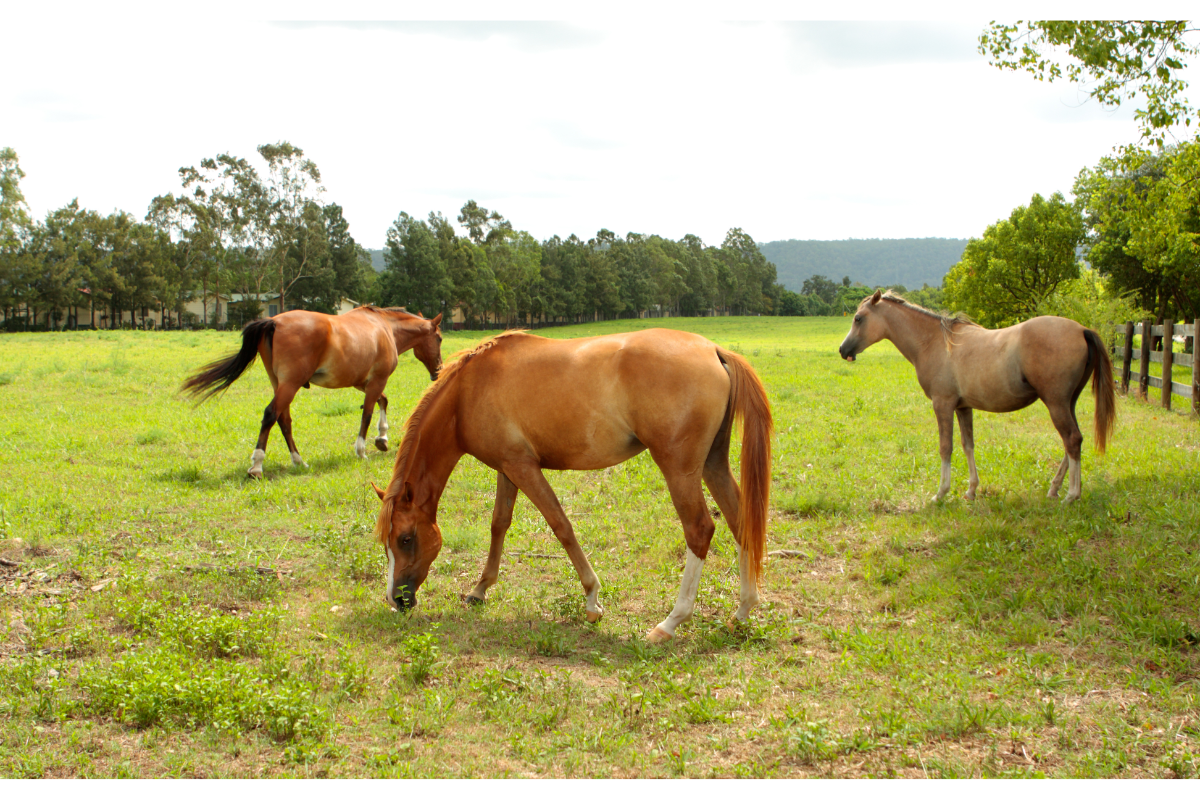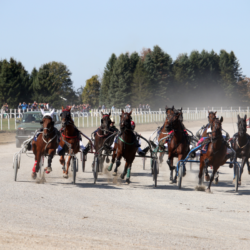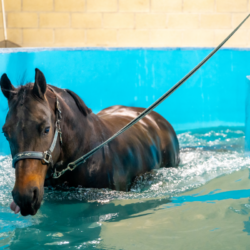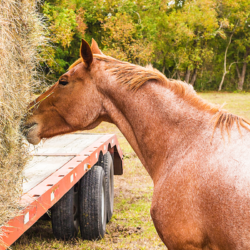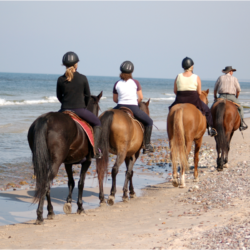Grass sickness, also known as atypical myopathy, is a serious and often fatal condition affecting horses grazing on certain grasslands. This rare but devastating disease is caused by the consumption of plants containing specific toxins, such as hypoglycin A found in the seeds of certain maples. Affected horses show a range of symptoms, from muscle weakness to paralysis, and require rapid and intensive veterinary care.
What causes this disease?
Grass sickness mainly affects grazing horses and occurs mainly in spring or early summer. It is often seen in horses aged between 2 and 7 years. The exact causes of this disease remain unknown, despite a great deal of research.
Scientists have explored several avenues to explain the origin of this disease. Toxic substances produced by plants, such as the cyanide found in white clover, have been considered, as have chemical substances produced by bacteria or fungi, such as botulinum toxin and mycotoxins (Fusarium). Investigations have also looked into the possibility of toxic infections caused by telluric bacteria, i.e. bacteria naturally present in the soil.
Selenium (Se) deficiency in grassland has been associated with a higher prevalence of the disease. In addition, studies have shown a relationship between soil levels of certain mineral elements and the incidence of the disease. For example, soils rich in iron (Fe), lead (Pb), chromium (Cr) or titanium (Ti) and low in zinc (Zn ) have been associated with a greater occurrence of the disease.
Grass disease is also more common in acid soils and those with a high nitrate content. Sandy and loam-rich soils also present an increased risk. Although no evidence of contagiousness has been found, several cases can occur on the same farm, probably due to exposure to the same environmental factors.
What are the symptoms of grass disease?
Grass disease can develop in three forms: acute, sub-acute and chronic. Each form presents specific symptoms.
Acute form
The acute form develops rapidly, taking 48 hours and generally leading to death. Clinical signs include severe tachycardia (increased heart rate) due to digestive pain, violent colic, absence of digestive sounds on auscultation, gas emissions, meteorisation (swollen abdomen), difficulty swallowing, gastric reflux (presence of stomach contents in the nostrils) and hypersalivation (thick saliva at the corners of the mouth).
Subacute form
The subacute form develops over a few days, generally between 2 and 7 days. Symptoms include droopiness, muscle tremors, sweating, anorexia leading to rapid weight loss, dull colic and dry droppings often covered in mucus.
Chronic form
The chronic form develops more slowly, over several months, and often requires hospitalisation in intensive care. Despite this, the outcome is often fatal. Clinical signs include extreme emaciation, a prostrate posture with head down and back arched, hypothermia and marked digestive disorders. Rapid and significant weight loss is a poor prognostic factor, and survivors generally retain an inability to exert themselves, often necessitating euthanasia.
How is the disease diagnosed?
The diagnosis of grass disease is based on observation of the suggestive clinical signs, but diagnostic certainty requires more in-depth investigations.
Clinical signs such as colic, tachycardia and dysphagia (difficulty swallowing) are key indicators. However, definitive diagnosis requires observation of the nerve lesions under the microscope, which means taking intestinal biopsies after the abdomen has been surgically opened.
A scoring system based on clinical signs and epidemiological criteria has been developed to determine whether a horse is a good candidate for further testing. These tests, although difficult to perform, include biopsies of the ileum, rectum and tongue to observe neuronal degeneration.
In the acute phase, grass disease must be distinguished from classic colic, rabies and botulism. In the chronic phase, it must be distinguished from liver disease and heavy parasitism. Even after the animal’s death, only microscopic necropsy can establish a definitive diagnosis, by observing the characteristic lesions in the lymph nodes and small intestine.
What treatments are available?
There is currently no specific treatment for grass disease. Treatment is mainly based on supportive care.
Remove affected horses from pasture and stall them. This minimises stress factors and allows intensive care to be provided. Medicinal trials, including the use of antioxidants and gut-motor stimulants, have not produced sufficiently conclusive results for a systematic recommendation.
In some cases, laparotomy (surgery) may be necessary to relieve colic and take the ileum samples required for diagnosis. However, the prognosis remains poor, except in certain chronic forms where treatment can be lengthy and results highly variable.
The lack of certainty about the aetiology of the disease is a major obstacle to the development of specific treatments and effective means of prevention.
What are the means of prevention?
Given that the causes of grass disease are still unknown, prevention relies mainly on the results of epidemiological surveys and good management practices.
Some soils are more at risk, particularly those rich in humus and sand. Experts advise analysing the composition of pasture soils and taking measures to reduce the associated risks.
Alternating between meadows and stalls, and providing dry forage regularly, reduces the risks. Keep a close eye on your horses, especially during the first two months on pasture. It is also important to limit the number of horses and the frequency with which new animalsare introduced.
Animals in very good condition or under stress are more at risk. Limiting the presence of poultry or game birds on paddocks and avoiding pastures close to watercourses can also reduce the risk. A pasture that has hosted cases of grass disease is at high risk for the following two years.
At present, veterinary surgeons do not offer any specific medical prophylaxis in the absence of an identified infectious agent. Prevention is therefore based on rigorous pasture and herd management to minimise the risks.

